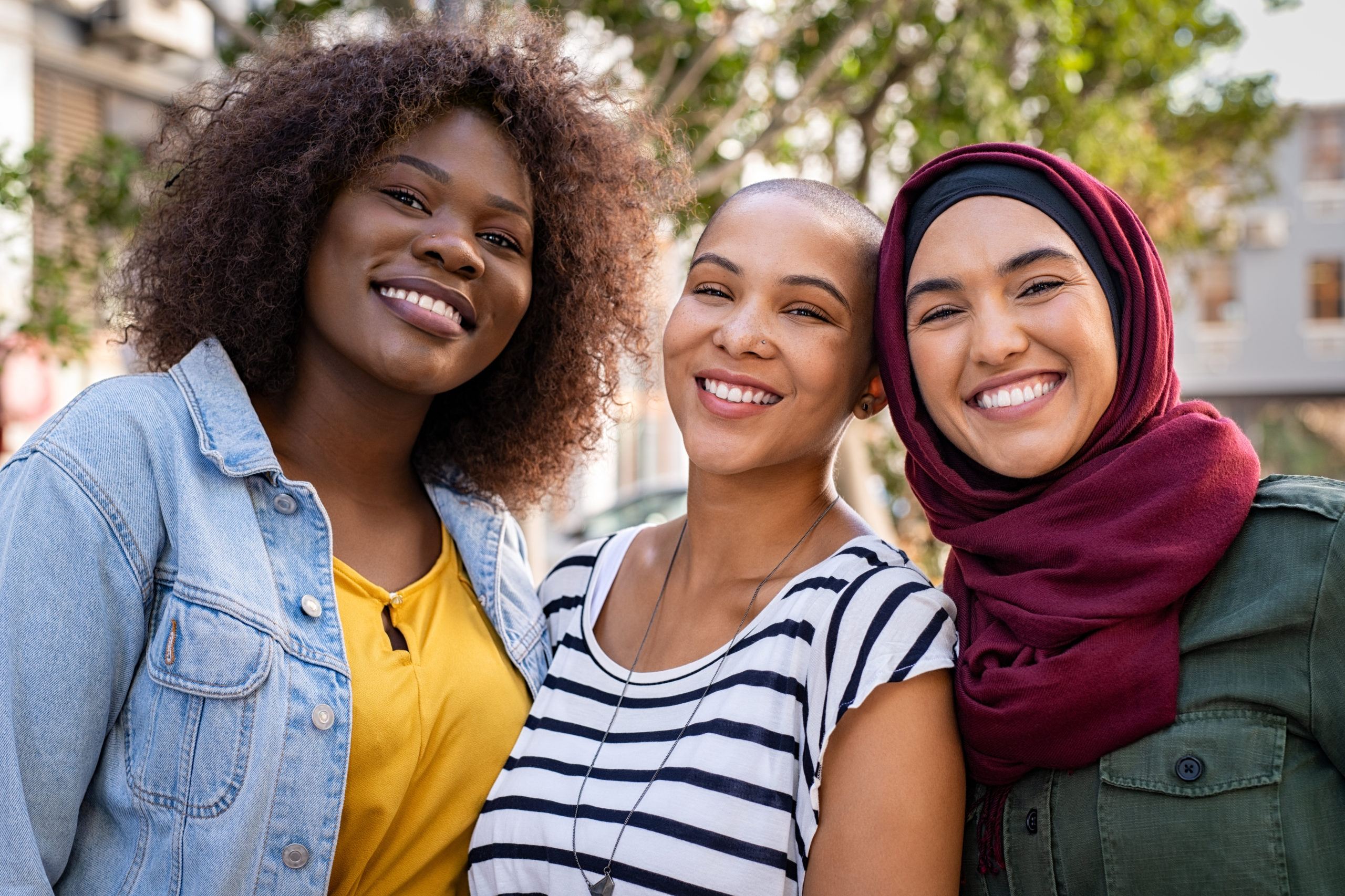Abortion rights, women of color, and LGBTQIA+ people are under attack. Pledge to join us in fighting for gender justice.

Women, particularly women of color, women with disabilities, older women, LGBTQIA+ individuals, and immigrant women, disproportionately face economic insecurity. In general, many face both gender and racial discrimination in many aspects of their lives, and that hinders their ability to make ends meet. Women are overrepresented in the low-paid workforce and face persistent wage gaps, which are larger for women of color. Women also shoulder a disproportionate share of unpaid family caregiving throughout their lives, which also reduces their earnings. These and other long-standing structural inequities undermine economic security for women, especially women of color, making them more susceptible to poverty and food insecurity.
The Supplemental Nutrition Assistance Program (SNAP, formerly known as food stamps) is a critical program that provides women, LGBTQIA+ people, and their families with essential food assistance. But there are barriers that prevent food-insecure women, especially those facing multiple forms of discrimination, from fully accessing and benefiting from SNAP.
This issue brief discusses the following:
- SNAP participation rates for women and LGBTQIA+ people
- SNAP’s impacts on the health and education of women, children, and families, as well as the economy
- Barriers to SNAP eligibility and access, as well as specific barriers for Black, Indigenous, and People of Color (BIPOC), undocumented and immigrant families, formerly incarcerated individuals, LGBTQIA+ people, survivors of domestic violence and sexual assault, people with disabilities, older adults, and college students
